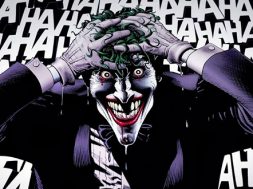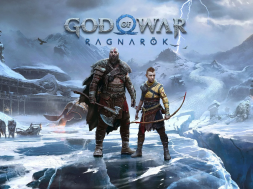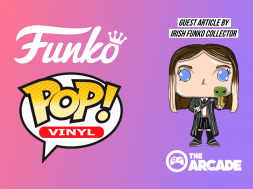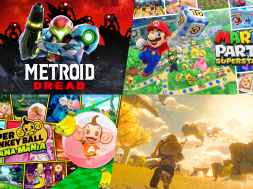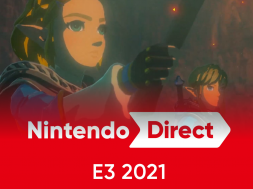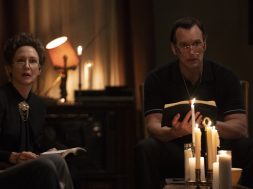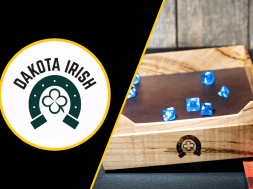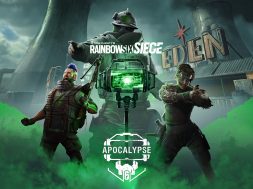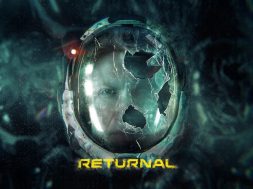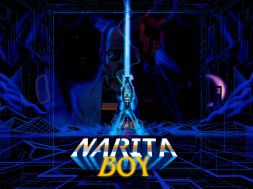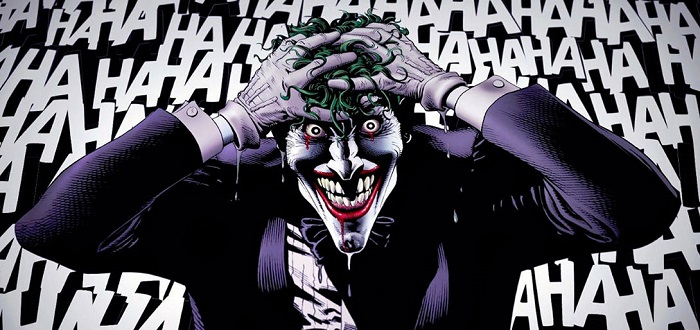
The Killing Joke – Reread
You’ve all heard of The Killing Joke in some shape or form by now. If not, please consult your physician, because you are likely clinically dead. For those of you not in the loop, (Seriously, get yourselves checked.) The Killing Joke was written in 1988 by Alan Moore and received immediate critical acclaim. It also got the Bruce Timm treatment this past week with the release of an animated adaption. We’re not here to talk about that though. We’ll cover that elsewhere on the site. In today’s Reread, we’ll be focusing on the original graphic novel.
So a guy walks into a bar…
The Killing Joke was first printed as a standalone 45 page book,  separate to the on-going Batman canon at the time. However, DC soon incorporated it into their main universe, due to it’s immense popularity. As already mentioned, Alan Moore was the mastermind behind the writing, while Brian Bolland took up art duties. In the original print, John Higgins was on hand to help out with colouring, but there was also a later reprint in which Bolland did his own colouring.
separate to the on-going Batman canon at the time. However, DC soon incorporated it into their main universe, due to it’s immense popularity. As already mentioned, Alan Moore was the mastermind behind the writing, while Brian Bolland took up art duties. In the original print, John Higgins was on hand to help out with colouring, but there was also a later reprint in which Bolland did his own colouring.
The Killing Joke was the first major story to focus on The Joker’s origins. It would also end up influencing most depictions of the Joker following it’s release. Tim Burton has stated that his vision for the original Batman movies was based on it. Similarly, Christopher Nolan gave a copy to the late Heath Ledger to guide his performance in The Dark Knight. The book also had major ramifications for DC’s canon. It marked the end of Barbara Gordon’s career as Batgirl, leading to her eventual use of the Oracle moniker.
One Bad Day
The Killing Joke’s plot focuses on the Joker and his relationship with Batman. In a world before Harley Quinn, and with Batgirl out of commission, the pair are left alone to face each other. The story opens with Batman walking the halls of Arkham Asylum, on his way to meet Joker. His plan was to talk things out, to have a conversation and try to quell the warbetween them. Batman, after making a heartfelt plea to his nemesis, realises this man was not the Joker. The story cuts to the real joker at this point. We get a glimpse of his current activities, then get to the crux of The Killing Joke; Joker’s origin.
 Part of what makes the book great is it’s duality between The Joker as he is now, and as he was before. The Joker as we knew him until this point, was Othello’s Iago, doing evil for evil’s sake. For decades, this was all we knew of him, but now, we get a look into his past. We get to see what it was that caused a poor, failing comedian to finally snap. What drives this to even greater extremes is that this story also features Joker’s most vile moments as a villain.
Part of what makes the book great is it’s duality between The Joker as he is now, and as he was before. The Joker as we knew him until this point, was Othello’s Iago, doing evil for evil’s sake. For decades, this was all we knew of him, but now, we get a look into his past. We get to see what it was that caused a poor, failing comedian to finally snap. What drives this to even greater extremes is that this story also features Joker’s most vile moments as a villain.
After seeing what causes his psyche to fracture, we’re also informed of Joker’s main goal. For him, it’s important to know that anyone can be driven just as mad as him, given the right circumstances. This puts him in more direct contrast to Batman within Killing Joke. In the opening, Batman seeks to reconcile with Joker, to offer him help, but Joker is determined to prove that we are all beyond help. As the climax mounts, we’re unsure if Batman will agree that the Joker cannot be saved, and must instead be stopped.
Split personality
I mentioned earlier that two different colourings for the book exist. John Higgins worked on the original, pitching in to help out when the work was behind schedule. A few years later, when the re-release rolled around, Bolland wanted his shot at colouring the book. Apparently the original colouring wasn’t in line with his vision. The differences between the two are quite large, this was not just a simple change in shading.
Higgins’ original colours are more vivid, the changing hues giving the book a psychedelic feel. It’s as if Higgins was painting the world from Joker’s point of view, letting his madness bleed onto the page. Conversely, Bolland uses much more muted tones. This serves to make the some of the coloured sections really pop out. The biggest differences are felt during Joker’s background segments. Higgins uses the same colouring throughout the book, but Bolland does these sections in sepia. The exception to this is that one item in each of Bolland’s panels is done in vibrant red, eventually building to Joker’s red lips in his first reveal.
In theory, I prefer Higgins’ approach, in practice, I find Bolland’s version more enjoyable to read. Higgins’ colour work really shines at the end of the book, when the Joker’s cheese is truly sliding off his cracker. However, I find Bolland’s sepia tones for Joker’s past much more appealing, especially with the buildup of red. Personally, I feel the past is a more important part of this story, and so Bolland wins out. That said, I own both versions, so I can pick and choose as I want.
Punchline
Even though comicdom almost universally loves The Killing  Joke, there is one important person who isn’t a fan of it. That person is none other than its creator, Alan Moore. In one interview, Moore stated “I don’t think it’s a very good book. It’s not saying anything very interesting.” He later went on to elaborate that he meant that Batman and Joker are so outlandish that the book didn’t really say anything interesting about the human condition.
Joke, there is one important person who isn’t a fan of it. That person is none other than its creator, Alan Moore. In one interview, Moore stated “I don’t think it’s a very good book. It’s not saying anything very interesting.” He later went on to elaborate that he meant that Batman and Joker are so outlandish that the book didn’t really say anything interesting about the human condition.
Regardless of how important Moore thinks it is, The Killing Joke is among the most important books in Batman history. Despite it being a short story, one that was originally outside the canon, its influence has spanned decades. There’s even one almost throwaway line toward the end that I think could have influenced a key part of Ledger’s movie performance. It’s one of those rare cases where a character’s secret origin being revealed is held in high regard. When Marvel decided to give Wolverine a backstory, it was considered one of the worst decisions in the character’s history. The same criticism is rarely ever said of The Killing Joke.
Have you read The Killing Joke? What did you think? Which edition did you prefer? Would Joker have been better off without an origin? Let us know what you think!
